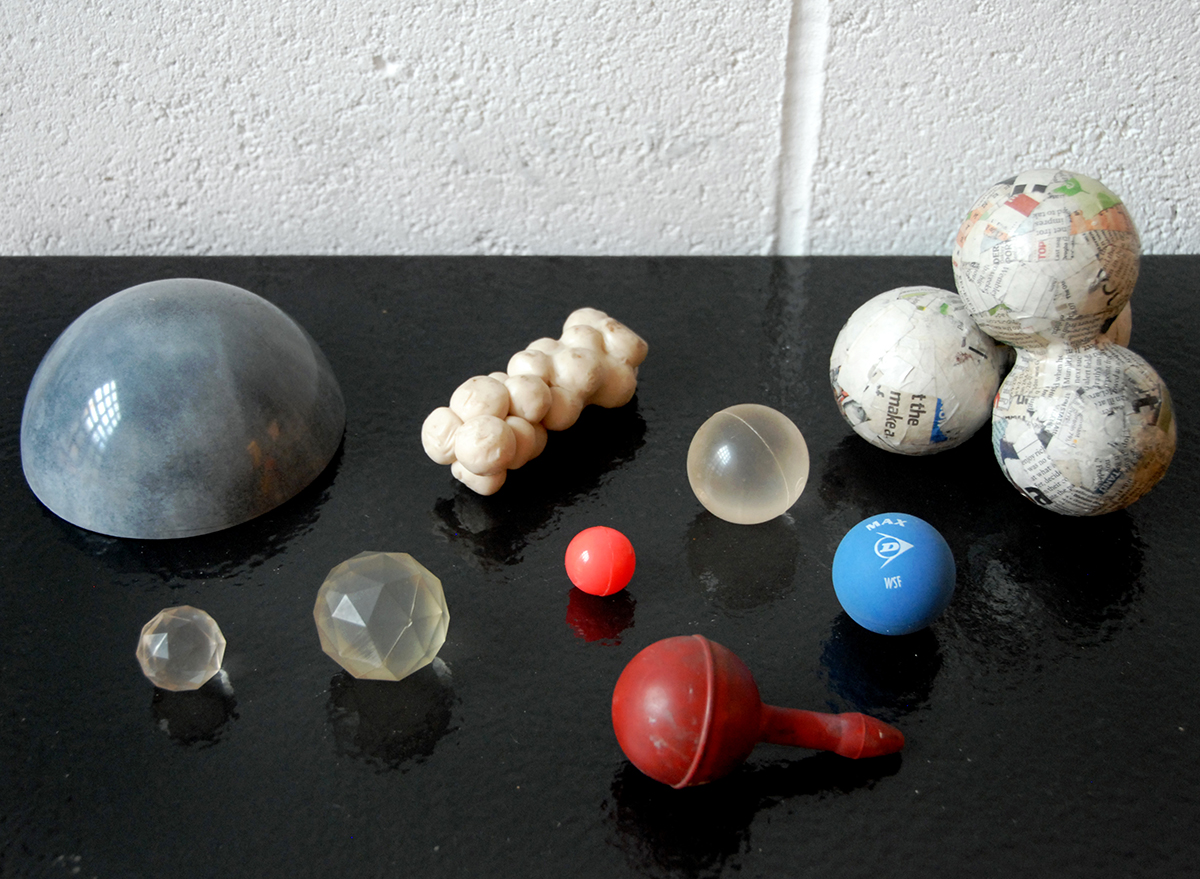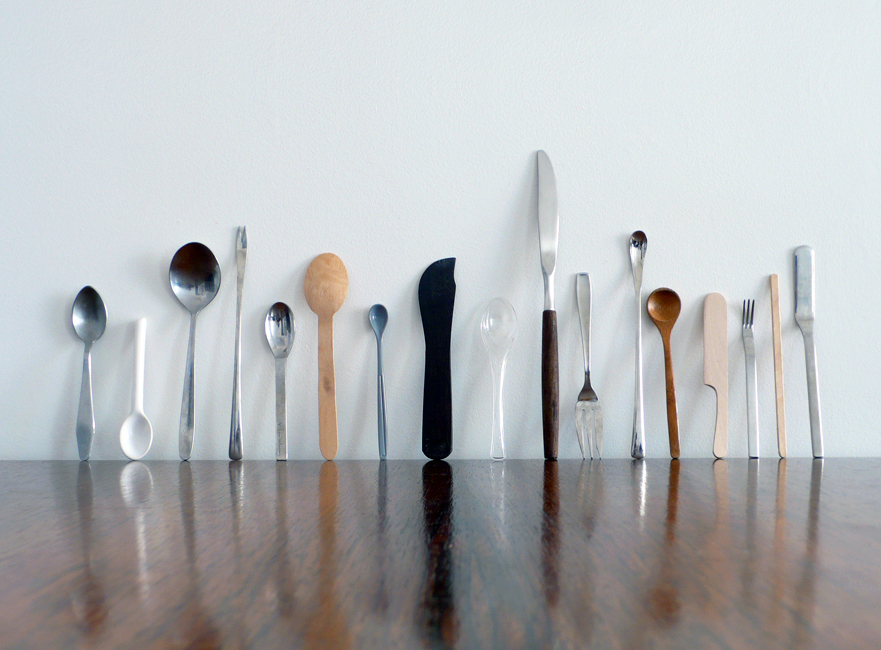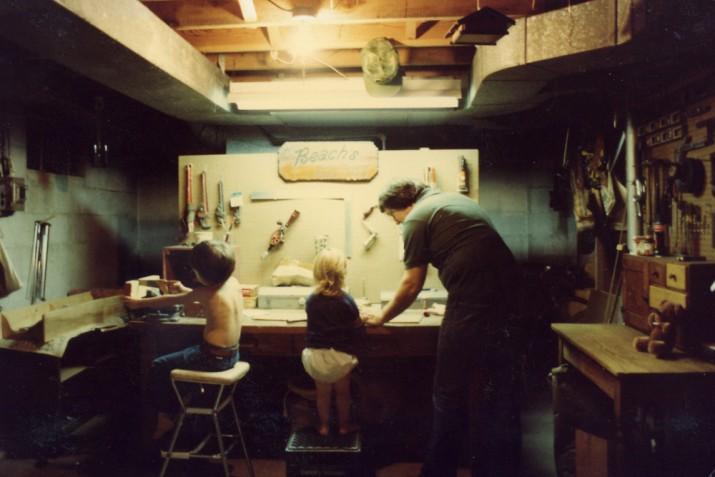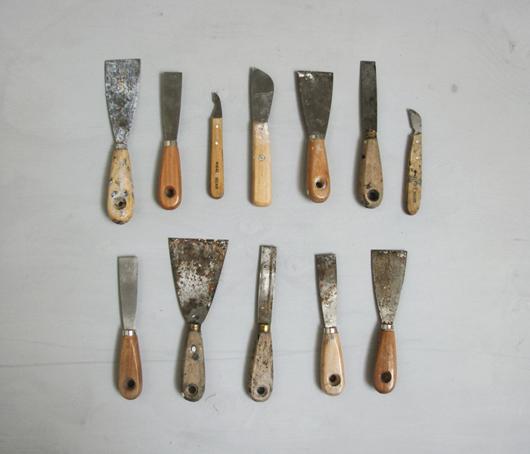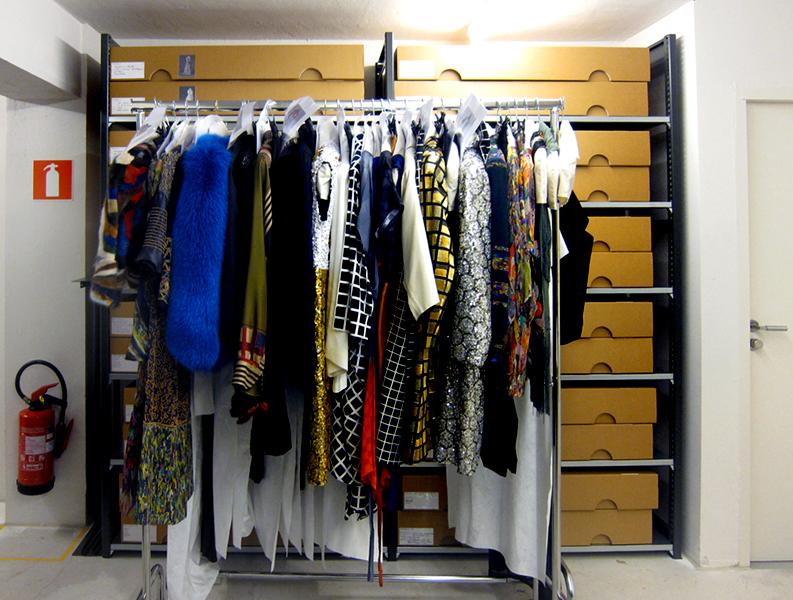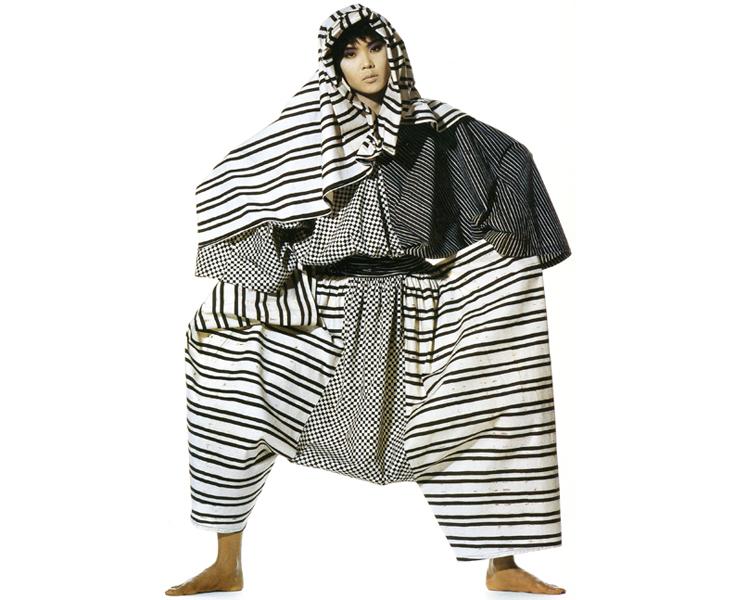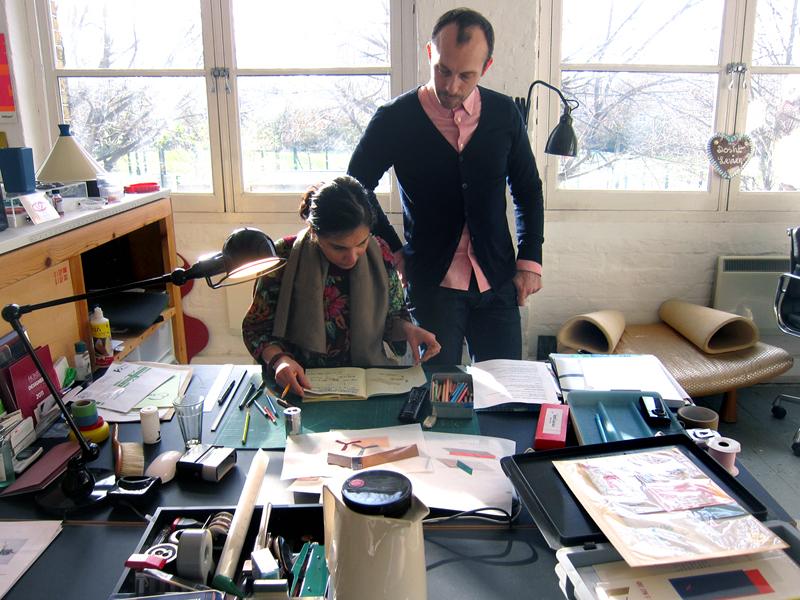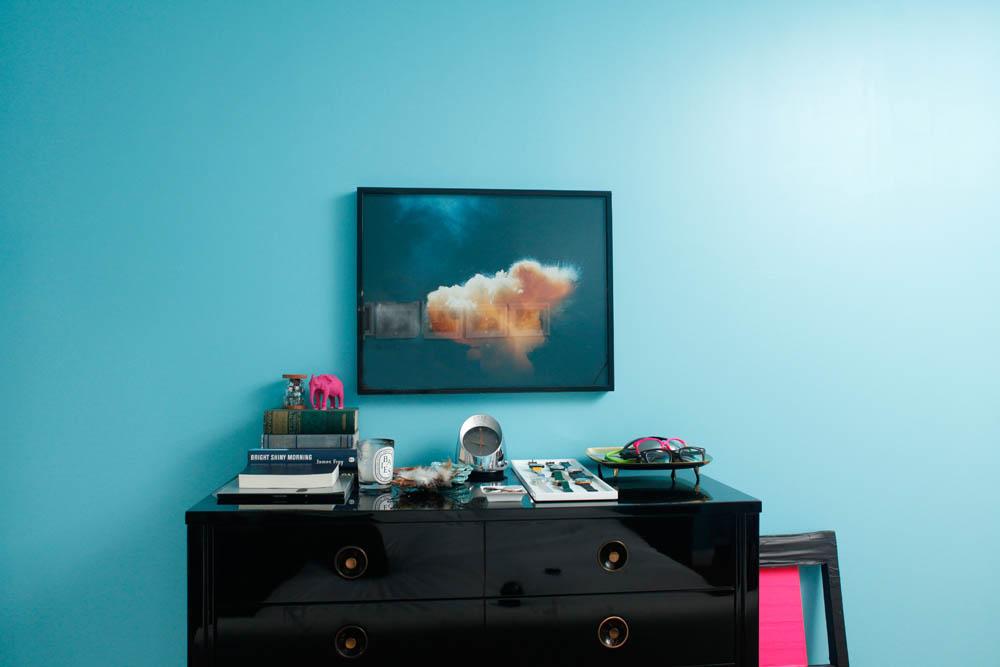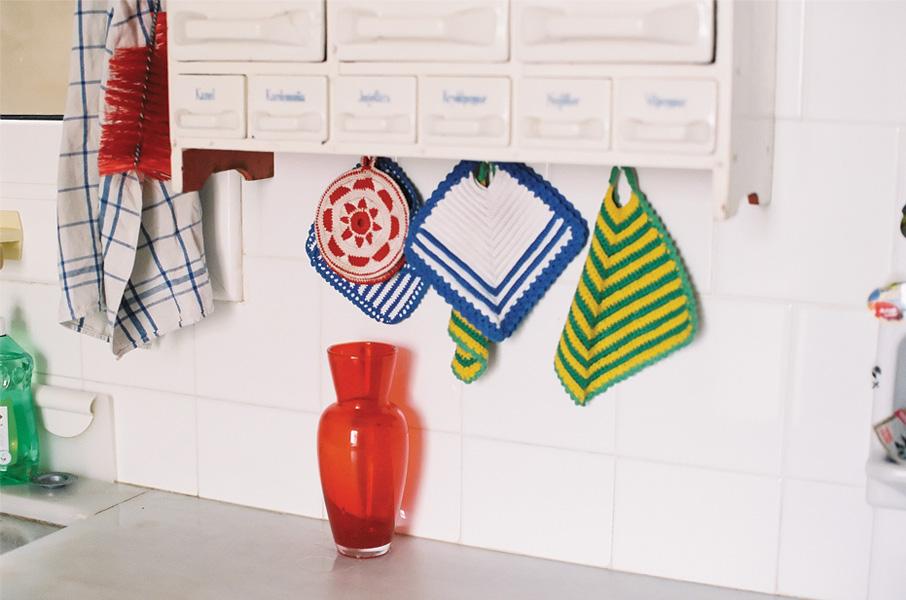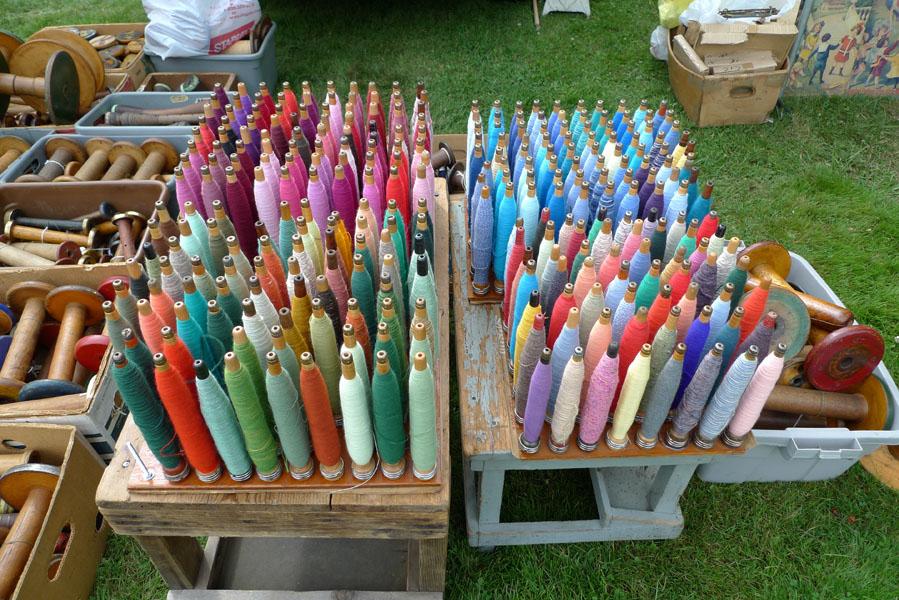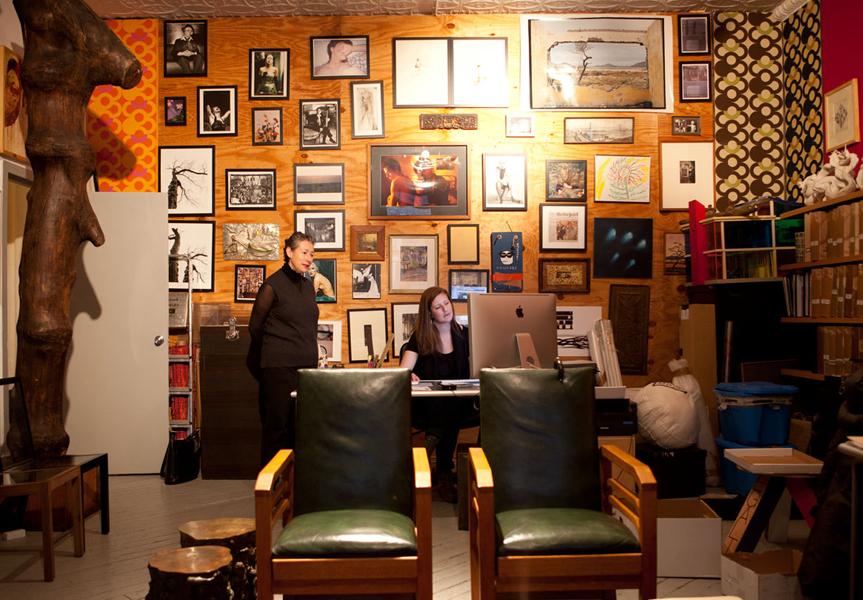
07.11.12
Studio Visit
Cristina Grajales Gallery
At the Armory Show this past November, Cristina Grajales had an original Jean Royère Polar Bear sofa in her booth, which sold for “half a million in minutes,” she recalls. Grajales has had plenty of experience dealing in 20th-century masterpieces like these — both in her decade-long stint directing 1950 for Delorenzo and at the helm of her 12-year-old eponymous gallery in Soho — and yet her own most cherished piece isn’t some icon of modernism at all. It’s not even a design object, but a 19th-century Naga warrior costume she bought at the Tribal Art Fair, and as a mainstay of the large office and presentation room she keeps behind her gallery, only her clients and artists ever get to see it. Of course it’s they, if any, who understand Grajales’s working methods best; they come to her precisely because she looks at objects “as sculptures, for what they are,” and says she’s “not afraid to put together, say, an 18th-century Portuguese table with a contemporary silver tray.” Which is why we figured a privileged peek inside her back room, captured earlier this year by our trusty photographer Mike Vorrasi, might be the ideal way for our readers to get to know her, too.
